Infection Risk Management in Patients With Multiple Myeloma on T-Cell Engaging Therapies
Key Takeaways
- Bispecific antibodies in MM treatment enhance efficacy but increase infection risk due to immune system disruption, necessitating proactive prevention and monitoring.
- Vaccination, immunoglobulin support, and antimicrobial prophylaxis are critical strategies to reduce infection-related morbidity and mortality in patients receiving BsAbs.
Teclistamab and other bispecific antibodies enhance multiple myeloma treatment but significantly increase infection risks, necessitating proactive management strategies.
Treatments for multiple myeloma (MM) are constantly evolving—bringing forward drugs with improved efficacy that lead to better patient outcomes. Immunotherapy agents such as bispecific antibodies (BsAbs) are the backbone of MM therapy, but continued advancement comes with a price. The BsAbs of the modern day are highly potent and T-cell exhaustive which results in a host of adverse effects (AEs) and toxicities. Beyond the challenge of impaired response to therapy, BsAbs can disrupt natural immune responses, leading to an increased risk of infection.
Infections and Immune Responses in MM
Infection is the leading cause of morbidity and mortality in patients with MM receiving BsAbs, such as teclistamab (Tecvaly; Johnson & Johnson), and is a persistent challenge for health care providers and patients as therapies evolve. Bispecific T-cell engaging therapies, particularly those targeting BCMA, significantly increase infection risk due to severe B-cell aplasia and T-cell exhaustion, interrupting innate immunity.
“I don't need to belabor the point that infections are the leading cause of morbidity and mortality for [patients with] MM,” said Guido Lancman, MD, MSc, clinical associate at Princess Margaret Cancer Centre in Ontario. “It’s actually quite staggering. When you look at the comparison between patients [with MM] in flu and healthy match controls, the break is fairly perceptible.”
Innate immunity is the body's first line of defense against infections and involve several key components: natural killer (NK) cells, neutrophils, dendritic cells, the complement system, and cytokines. Each of these components work together to rapidly detect and target infected or abnormal cells. NK cells and neutrophils are the first responders and wave of immune defense, with the ability to directly kill virus-infected cells and trigger inflammatory responses. Dendritic cells are the bridge between innate and adaptive immune systems by presenting antigens to T-cells and activating adaptive immune response. This response is enhanced through the complement system, which helps mark pathogens for destruction and promotes inflammation. Cytokines are the key signaling molecules initiating, mediating, regulating, directing, and amplifying adaptive immunity.
In MM, these innate immune components can be compromised by disease and treatments, increasing infection risk.
“When you have [MM], a lot of these systems as well can be exploited for therapy,” explained Lancman, MD, MSc, clinical associate at Princess Margaret Cancer Centre in Ontario.
High rates of infection are seen across various T-cell engaging therapies, the most common being respiratory infections, viral reactivations (CMV), pneumocystis pneumonia (PJP), colitis, and adenovirus infections. Patient-related factors such as advanced age, comorbidities, poor functional status, and pre-existing immune dysfunction further compound this risk. Together, these underlying vulnerabilities create a clinical setting in which infections are both more frequent and more severe.
T-Cell Engagers and Infection Risk
Treatment-related factors contribute substantially to the heightened risk. Immune-modulating drugs often cause neutropenia, while proteasome inhibitors impair lymphocyte function. Corticosteroids suppress both lymphocyte and NK cell counts, weakening innate and adaptive defenses. Anti-CD38 therapies are associated with B-cell aplasia, hypogammaglobulinemia, and dendritic cell dysfunction, all of which compromise the body’s ability to mount effective immune responses.
Additional contributors include high-dose chemotherapy, stem cell transplantation, prolonged treatment duration, and the use of combination regimens, each of which places further strain on the immune system. Collectively, these factors mean that approximately 30% of patients experience serious infections during the course of therapy.
Teclistamab, most often administered in triple-class exposed or refractory patients, is linked to higher rates of infection than other therapies. Infections occur most frequently during the first 1 to 3 months of treatment, though they may persist for more than a year in some cases, and nearly one-third of patients experience serious infection.
Managing and Mitigating Infections in T-Cell Therapies
Because patients receiving T-cell–engaging therapies are highly susceptible to infections, proactive prevention and ongoing monitoring are critical to optimize outcomes. A multifaceted strategy consisting of vaccination, immunoglobulin support, antimicrobial prophylaxis, close monitoring, and treatment adjustments, can help reduce infectious complications alongside maintaining therapeutic efficacy.
Vaccination
Vaccination is critical before starting bispecific therapies to reduce infection risk. Vaccines are recommended prior to initiating immune-modulating therapies, ideally when the disease is well controlled.
"Vaccination is ideally administered when the disease is well controlled, the patient is on less frequent dosing, and the immune system remains relatively intact," said Ajai Chari, MD, professor of medicine at the Mount Sinai School of Medicine.
Despite these limitations, vaccination remains an essential preventive strategy. Recommended vaccines include influenza, COVID-19, and pneumococcal vaccines. Zoster vaccination may also be considered, with careful evaluation of patient-specific risks and benefits. Live vaccines should be avoided during active treatment.
Vaccinated patients demonstrate lower infection rates, reduced mortality from influenza and pneumococcal disease, and better overall immune protection compared with unvaccinated patients.
Immunoglobulin Support
Intravenous immunoglobulin (IVIG) plays a critical role in managing hypogammaglobulinemia for reducing infection risk. Evidence shows up to a 90% reduction in severe infection rates with IVIG use, along with significant improvements in overall survival. In addition, IVIG helps stabilize low immunoglobulin levels that frequently develop during treatment, providing passive immunity and reducing bacterial infections. For this reason, IVIG is recommended for most patients receiving bispecific therapies.
The recommended dose of IVIG is 400 mg/kg, given every 3 to 4 weeks. Treatment is typically initiated after the cytokine release syndrome (CRS) phase but should ideally begin with the first cycle of therapy, before immunoglobulin levels fall significantly. IVIG can be administered intravenously or subcutaneously, depending on patient needs and treatment setting. Patients should undergo regular monitoring of immunoglobulin levels, along with ongoing assessment of infection risk. Dosing may need to be adjusted based on clinical response and laboratory findings.
“We are seeing a change in the onset of these infections…” explained Paula Rodriguez-Ortero, MD, PhD, specialist in hematology and hemotherapy at the University of Navarra Clinic, “because we are supplementing all these patients and with immunoglobulins right from the very early start of the clinic."
Antimicrobial Prophylaxis
Prophylactic antimicrobial strategies should be individualized but commonly include antiviral agents, antibacterial prophylaxis, pneumocystis jirovecii pneumonia (PJP) prophylaxis, and zoster prophylaxis. These measures are especially important during the early months of therapy when infection rates are highest.
Close monitoring is critical for effective prophylaxis. Regular screening, viral load monitoring, assessment for neutropenia, and checks of immunoglobulin levels are recommended to detect vulnerabilities early. Ultimately, the goals of antimicrobial prophylaxis are to prevent opportunistic infections, reduce infection-related morbidity, maintain treatment continuity, and preserve immune function in patients undergoing T-cell–directed therapies.
Monitoring Strategies
Close monitoring enables early detection and intervention. Recommended approaches include regular measurement of immunoglobulin levels, surveillance for neutropenia, and the use of growth factor support when needed. Screening for CMV viremia is particularly important in patients at high risk of viral reactivation.
Treatment Adjustments
Infection risk can sometimes be mitigated through treatment modifications, such as adjusting dosing frequency, employing response-directed discontinuation, or limiting the total duration of therapy. Reducing dosing frequency can help prevent T-cell exhaustion, lower infection risk, and improve patient tolerability while still maintaining therapeutic efficacy.
Bispecific antibodies are typically initiated with intensive weekly dosing, followed by a transition to less frequent administration once patients achieve a response. In many cases, treatment may be stepped down to every 2 to 4 weeks, depending on the specific therapy and individual patient factors. For example, teclistamab and talquetamab (Talvey; Janssen Biotech) generally begin with weekly dosing before moving to an every-2-week schedule, while elranatamab (Elrexfio; Pfizer) follows a similar step-down approach. Adjustments are typically considered after patients achieve a deep response, often around 3 to 6 months into treatment.
Key Takeaways
BsAbs deliver remarkable efficacy but at the cost of profound immune disruption, making proactive prevention and early intervention essential. Strategies such as timely vaccination, immunoglobulin replacement, antimicrobial prophylaxis, and tailored dosing adjustments can substantially reduce morbidity and mortality while preserving treatment efficacy.
The speakers offered some insightful closing remarks, emphasizing the importance of proactive infection prevention, close monitoring, and individualized care for patients receiving bispecific therapies.
Orteo: Don't fear the truth. These are highly effective, cutting-edge drugs that can dramatically improve the prognosis for our myeloma patients. However, it is essential to follow the prophylaxis strategies we have discussed and to be proactive in monitoring these patients. Even mild symptoms should be taken seriously, and clinicians must remain vigilant for opportunistic infections that can sometimes occur.
Lancman: I think we've learned a lot since the initial studies, and I think the infection based in those studies are not representing what we're seeing today: the routine use of IVIG with more spaced-out dosing and PJP prophylaxis. I think that if you follow all the usual guidelines, there may still be the occasional opportunistic infection, so it’s important to remain vigilant and not let your guard down.
Chari: Treat these patients, particularly with these anti-bispecific as you might in allogeneic transplant patient, with a very low index of suspicion or infection, look for opportunistic infections, look for things you might not and work with your infectious disease colleagues to screen and look for things that you otherwise might not.
REFERENCES
Chari A, Lancman G, Rodriguez-Ortero P. Infection Risk with T-Cell Engagers in Multiple Myeloma. 2025 International Myeloma Society Annual Meeting. September 17, 2025, to September 20, 2025. Toronto, Canada.
Newsletter
Stay informed on drug updates, treatment guidelines, and pharmacy practice trends—subscribe to Pharmacy Times for weekly clinical insights.

























































































































































































































